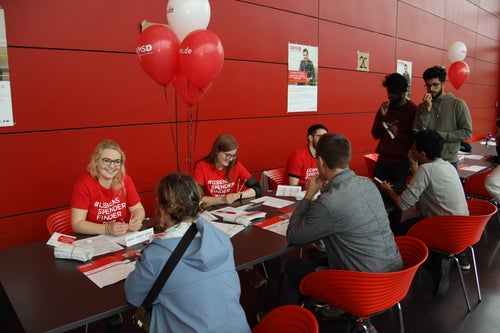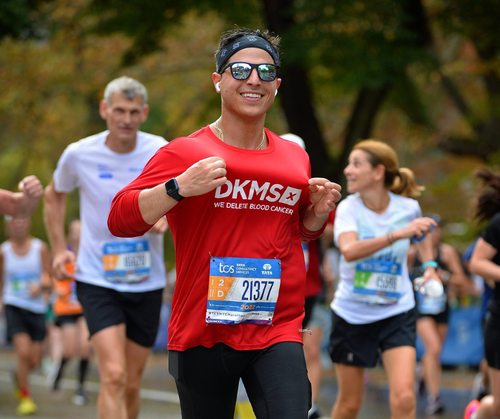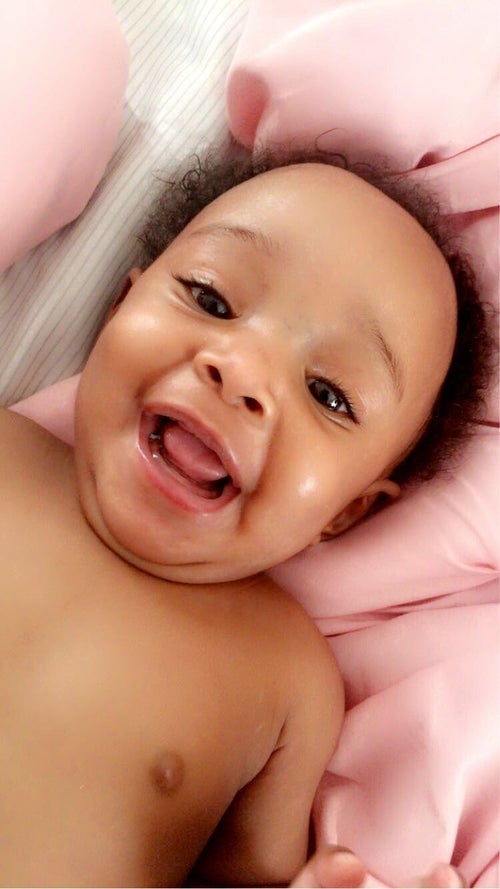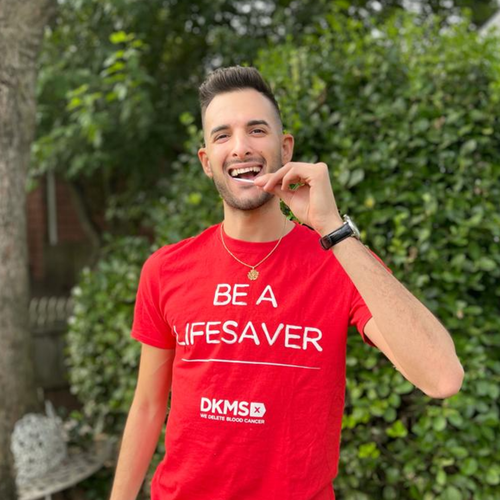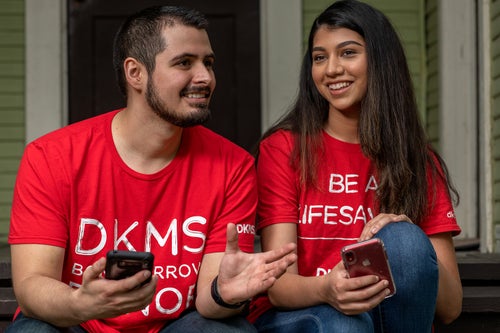What is the difference between a related donor and an unrelated donor?
Tissue characteristics are hereditary, so the chances of finding a matching donor are highest within the patient’s family. About 30 percent of patients find a family member who has the tissue characteristics they are looking for.
Children inherit half of their tissue characteristics from their mother and half from their father. This means that parents are normally only haploidentical, or ‘half-matching’ donors. The highest probability of a match is between siblings, which is why they are the first family members to be tested as potential donors.
If a patient requiring a transplant has siblings, they will be the first to be tested. With young patients, the parents are typed as well. The age and state of health of the various family members is crucial. If no matching donor can be found among the patient’s immediate relatives, the search begins for a compatible unrelated donor in databases around the world.
